Major cites that changed dramatically over the years
Cities around the world have undergone incredible transformations over the centuries, reflecting shifts in culture, technology, and economy. This fascinating journey through time shows how some cities have evolved from humble beginnings to become influential global players. Each city’s unique story holds lessons about resilience, adaptation, and the relentless march of progress. Let’s take a snapshot tour through history, exploring the remarkable evolution of these urban giants.
New York City: From Dutch Trading Post to Global Metropolis
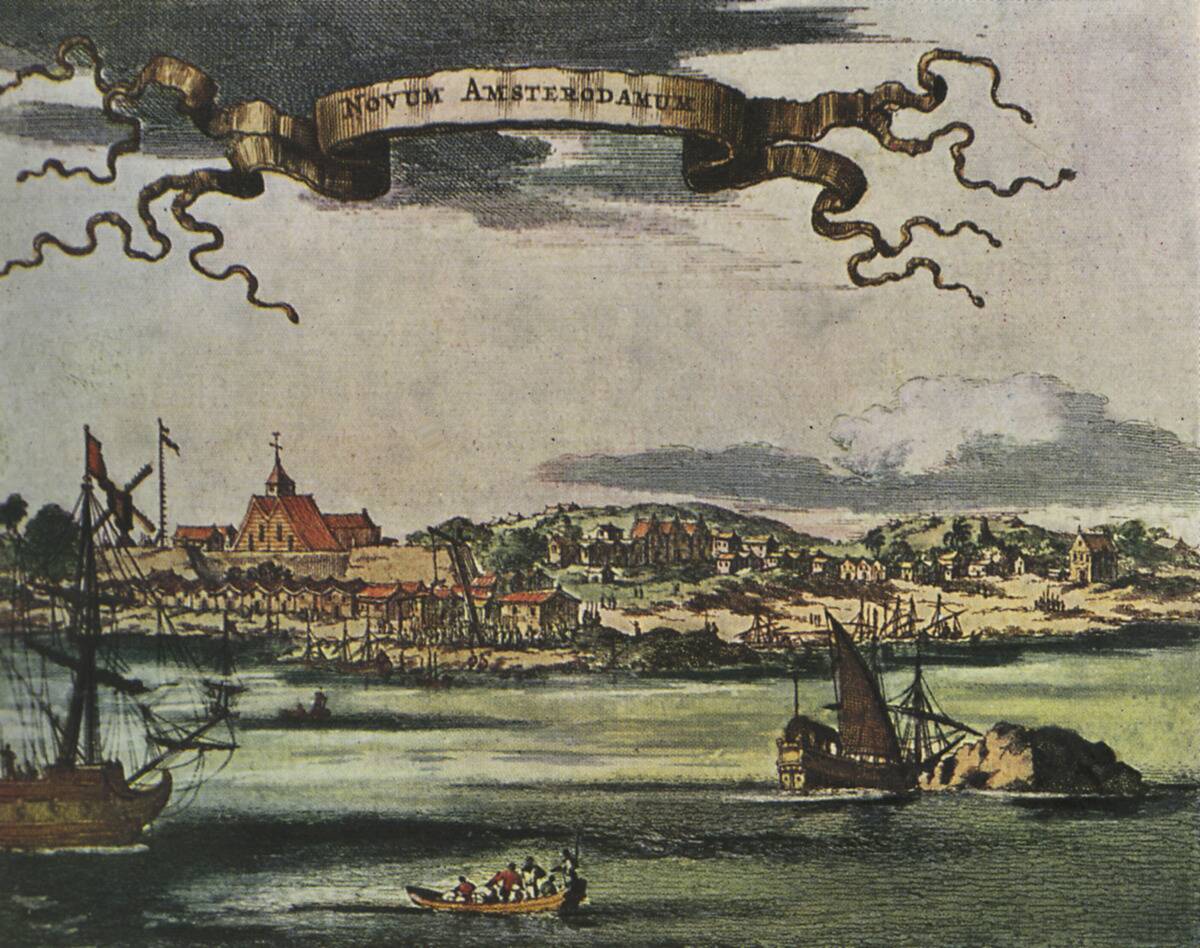
New York City began as New Amsterdam, a small Dutch trading post established in 1624. The city’s strategic location on the East Coast quickly made it a bustling hub for commerce and immigration. Over the centuries, the city expanded, welcoming waves of immigrants, which contributed to its rich cultural tapestry. Today, New York is known for its iconic skyline, vibrant arts scene, and status as a global financial center, housing the New York Stock Exchange and numerous multinational corporations.
Tokyo: From Edo Period to Technological Powerhouse
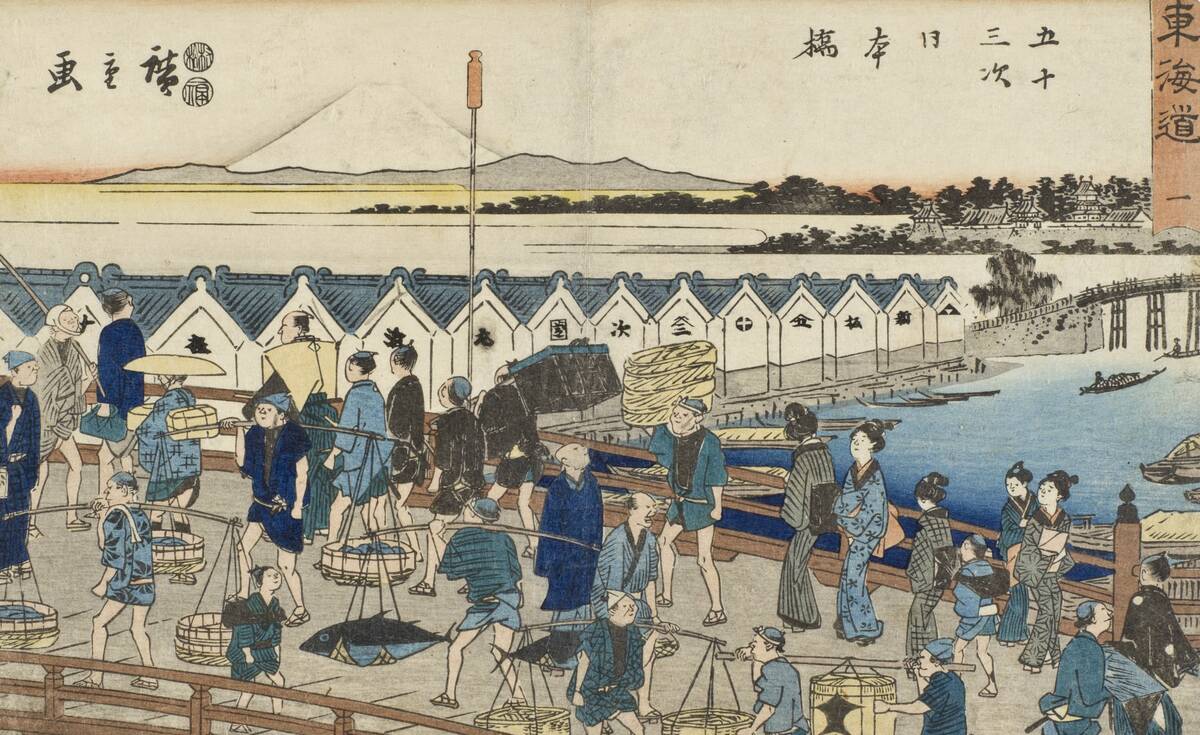
Tokyo’s transformation began during the Edo period (1603-1868), when it was a small castle town known as Edo. With the Meiji Restoration in 1868, the city assumed its role as the capital of Japan, ushering in rapid modernization and growth. Tokyo now stands as a symbol of technological innovation, home to cutting-edge companies like Sony and Toyota. Despite its size and modernity, Tokyo maintains a unique blend of tradition and innovation, evident in its historic temples and bustling districts.
Shanghai: From Fishing Village to Financial Hub
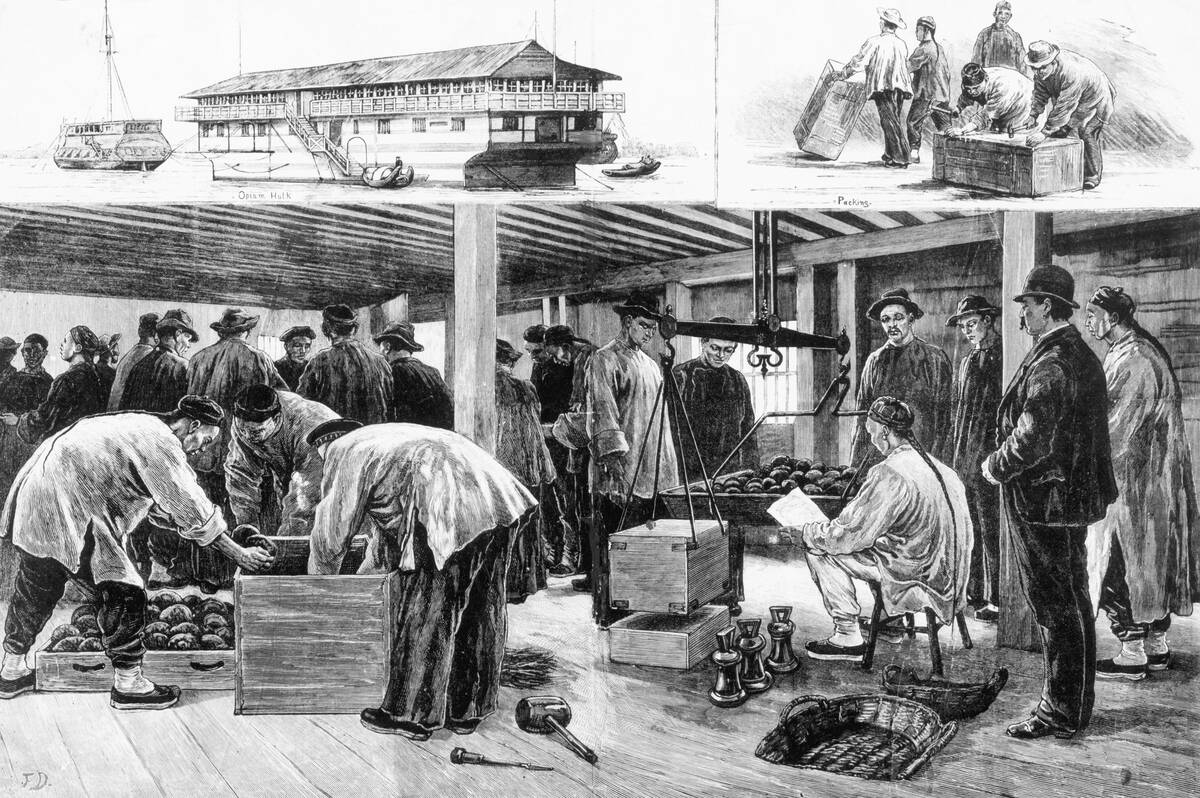
Shanghai’s rise from a modest fishing village to a financial powerhouse is a testament to China’s economic ascent. The city gained prominence in the 19th century as a treaty port, opening up to international trade. Today, Shanghai is a global financial center, boasting the world’s second-tallest building, the Shanghai Tower. Its skyline is a symbol of China’s rapid urbanization and economic growth, attracting businesses and tourists from around the globe.
Dubai: From Desert Outpost to Futuristic Wonderland
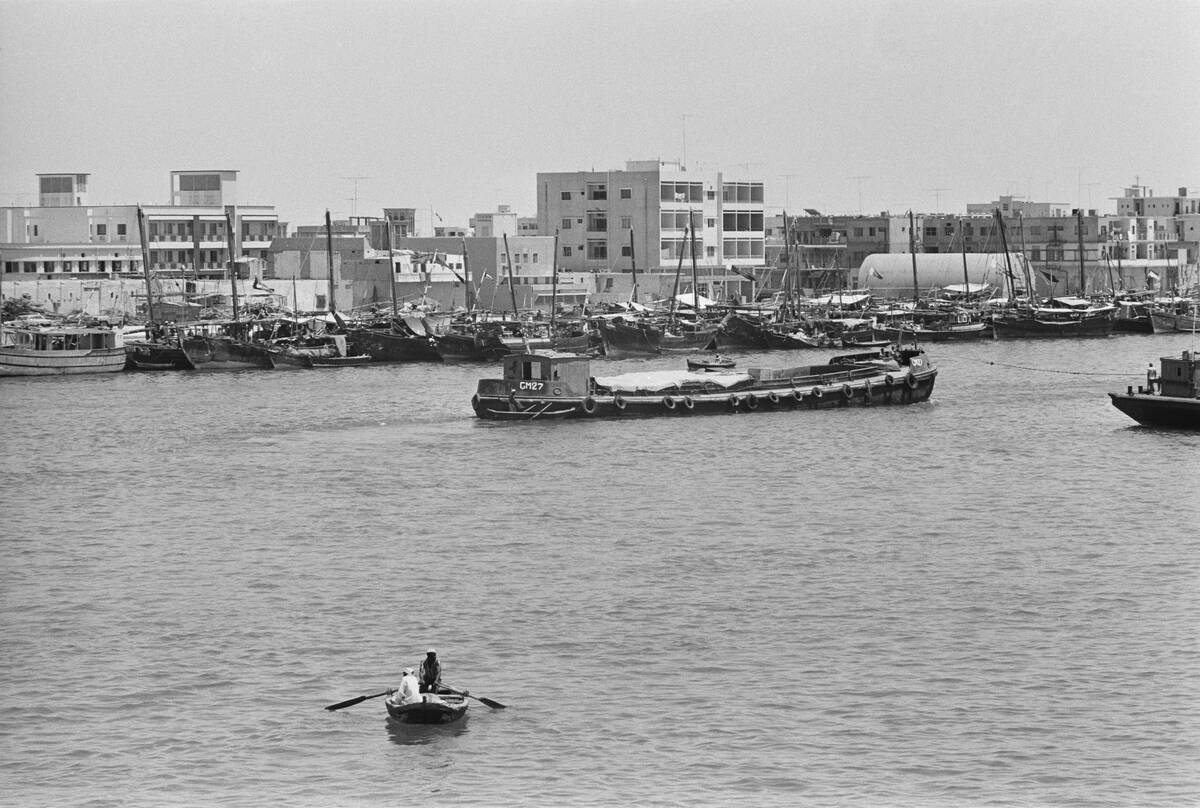
Dubai’s transformation from a quiet desert outpost to a futuristic metropolis is nothing short of extraordinary. The discovery of oil in the 1960s fueled rapid development, turning Dubai into a global business hub. Known for its architectural marvels like the Burj Khalifa, the city attracts millions of tourists each year. Despite its futuristic facade, Dubai remains deeply connected to its cultural heritage, offering a blend of modern luxury and traditional Emirati experiences.
London: From Ancient Settlement to Cosmopolitan Capital
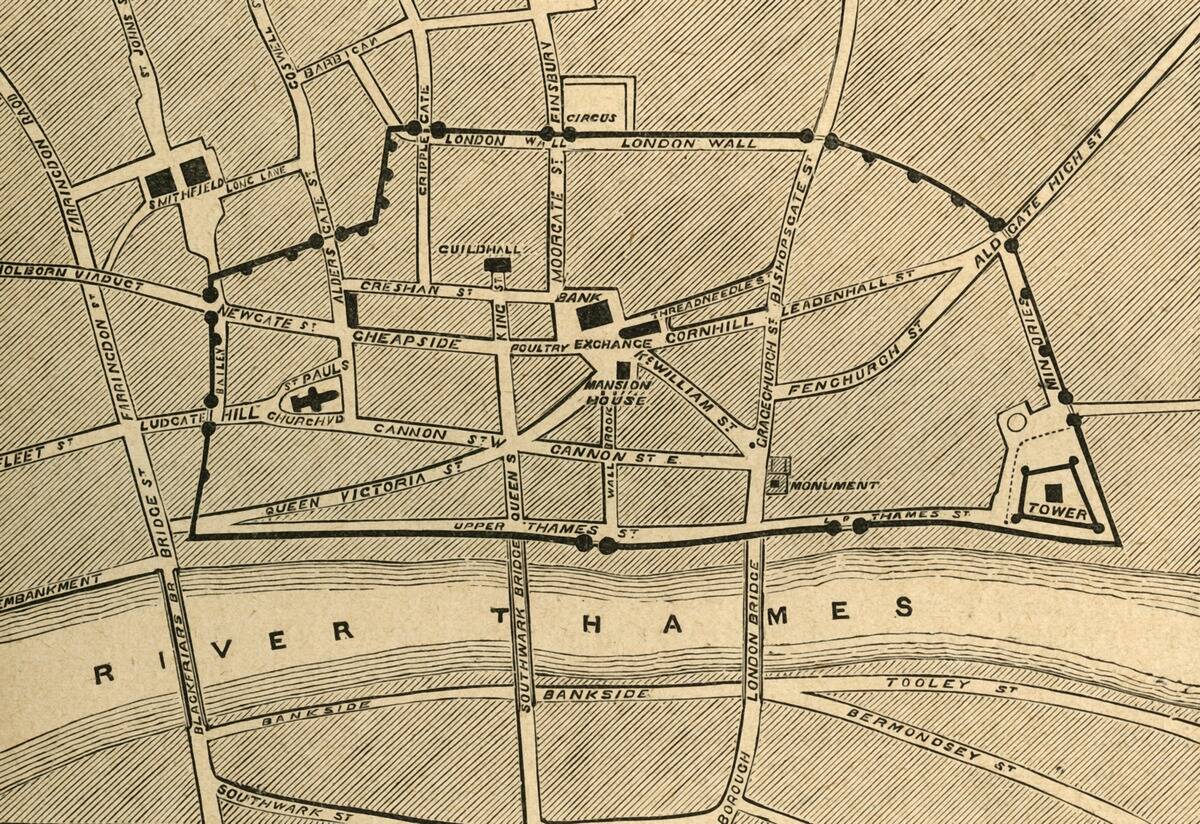
London’s rich history dates back to its founding by the Romans around 50 AD. From a small settlement, it evolved into the heart of the British Empire, shaping global culture and politics. Today, London is a vibrant cosmopolitan capital known for its diverse population, historic landmarks like the Tower of London, and leading financial institutions. As a center for the arts, fashion, and education, London continues to influence the world stage.
Berlin: From Divided City to Cultural Epicenter
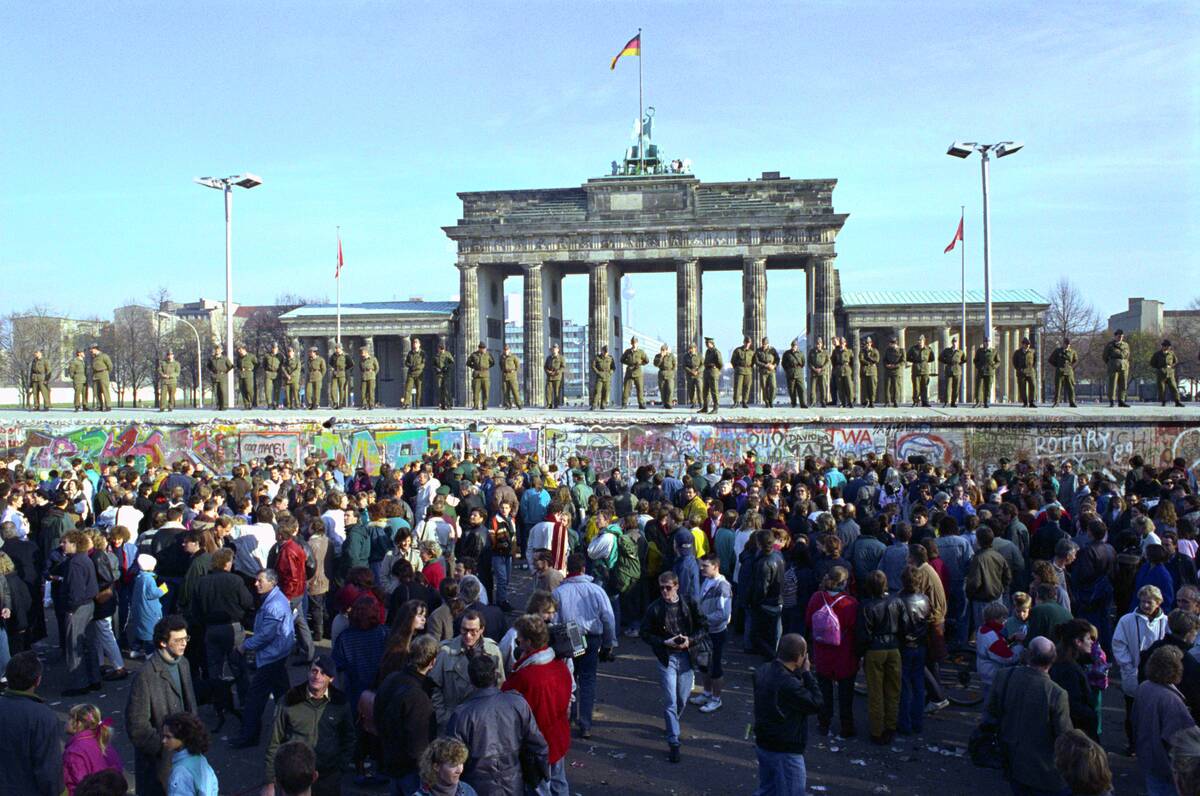
Berlin’s turbulent history includes its division during the Cold War, symbolized by the Berlin Wall. Since reunification in 1990, the city has emerged as a thriving cultural epicenter, known for its dynamic arts scene and vibrant nightlife. Berlin’s transformation is a testament to resilience and creativity, attracting artists, musicians, and tech innovators. Today, it’s a city where history and modernity coexist, offering a unique blend of past and present.
Singapore: From Colonial Port to Smart City Marvel
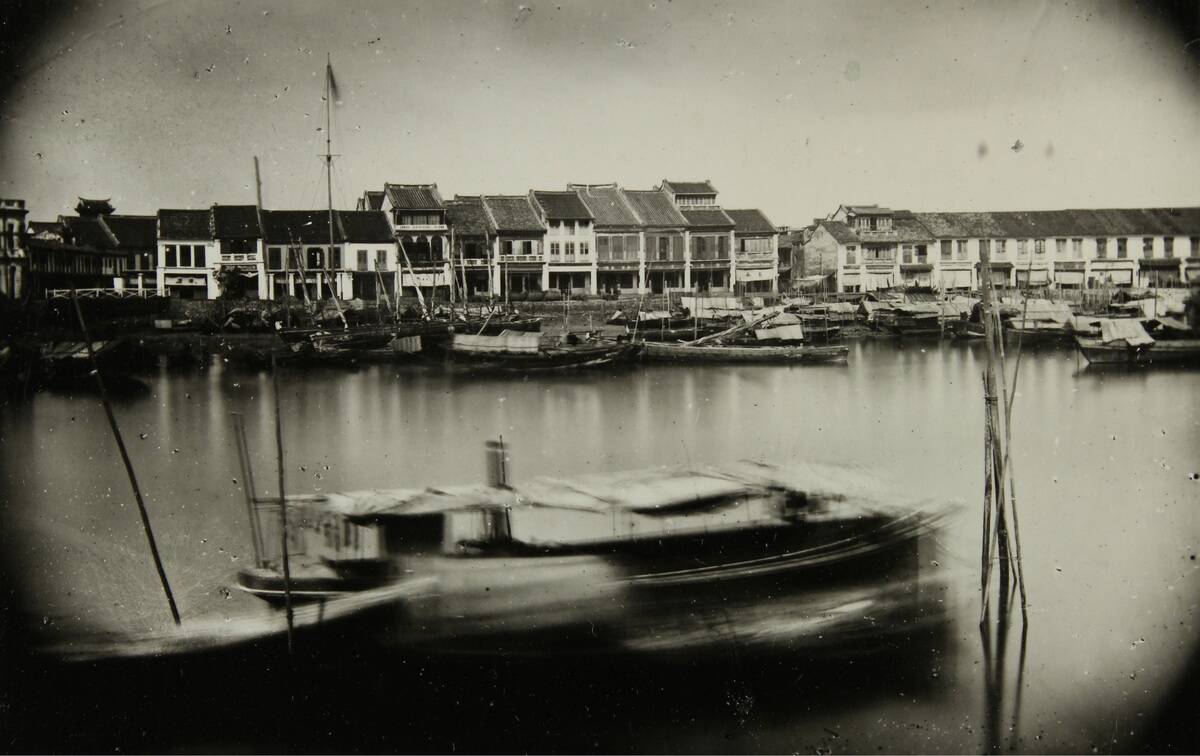
Singapore’s journey from a British colonial port to a leading smart city is a story of strategic planning and innovation. Gaining independence in 1965, the city-state rapidly developed its economy, focusing on technology and finance. Today, Singapore is a global leader in urban planning and sustainability, known for its green spaces and efficient public transport. Its transformation showcases the power of vision and leadership in shaping a city’s destiny.
Los Angeles: From Spanish Mission to Entertainment Capital
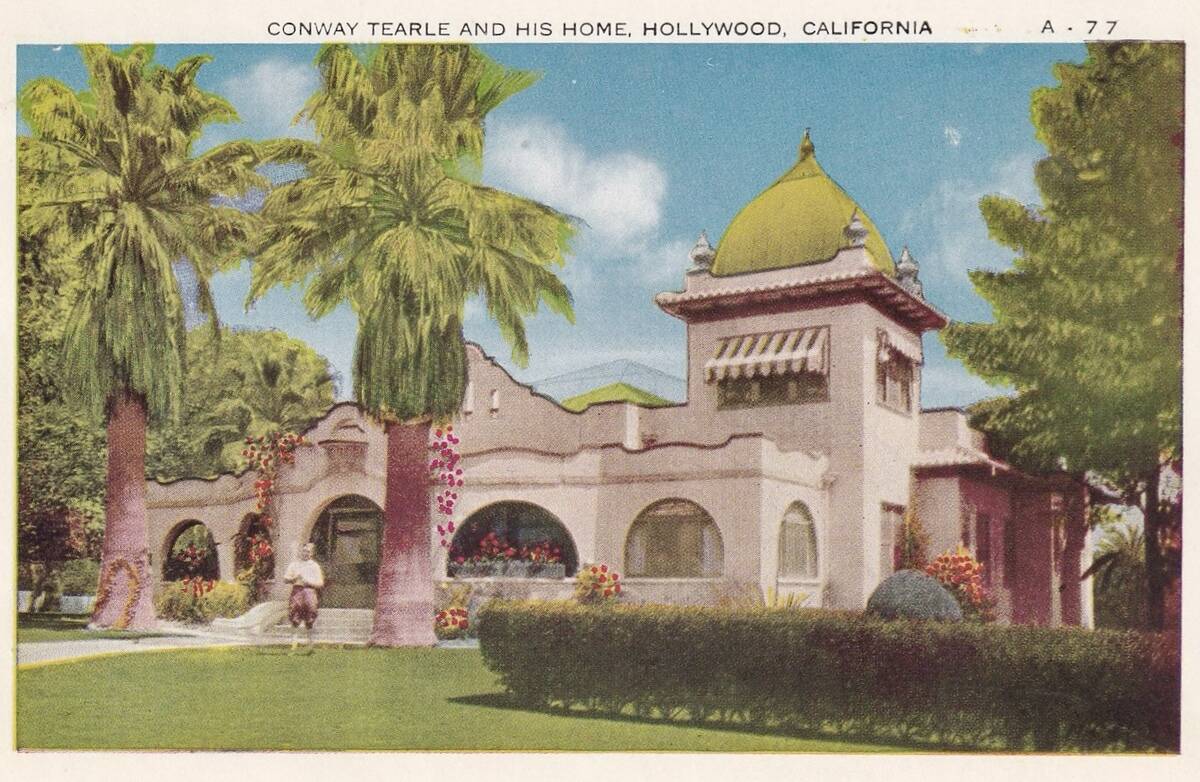
Los Angeles began as a Spanish mission in 1781, growing into a sprawling metropolis known for its entertainment industry. The discovery of oil in the early 20th century spurred rapid growth, but it was the rise of Hollywood that cemented LA’s status as the entertainment capital of the world. Home to major studios and iconic landmarks like the Hollywood Sign, LA is a magnet for dreamers and creators, shaping global culture through film, music, and art.
Hong Kong: From British Colony to Vibrant Metropolis
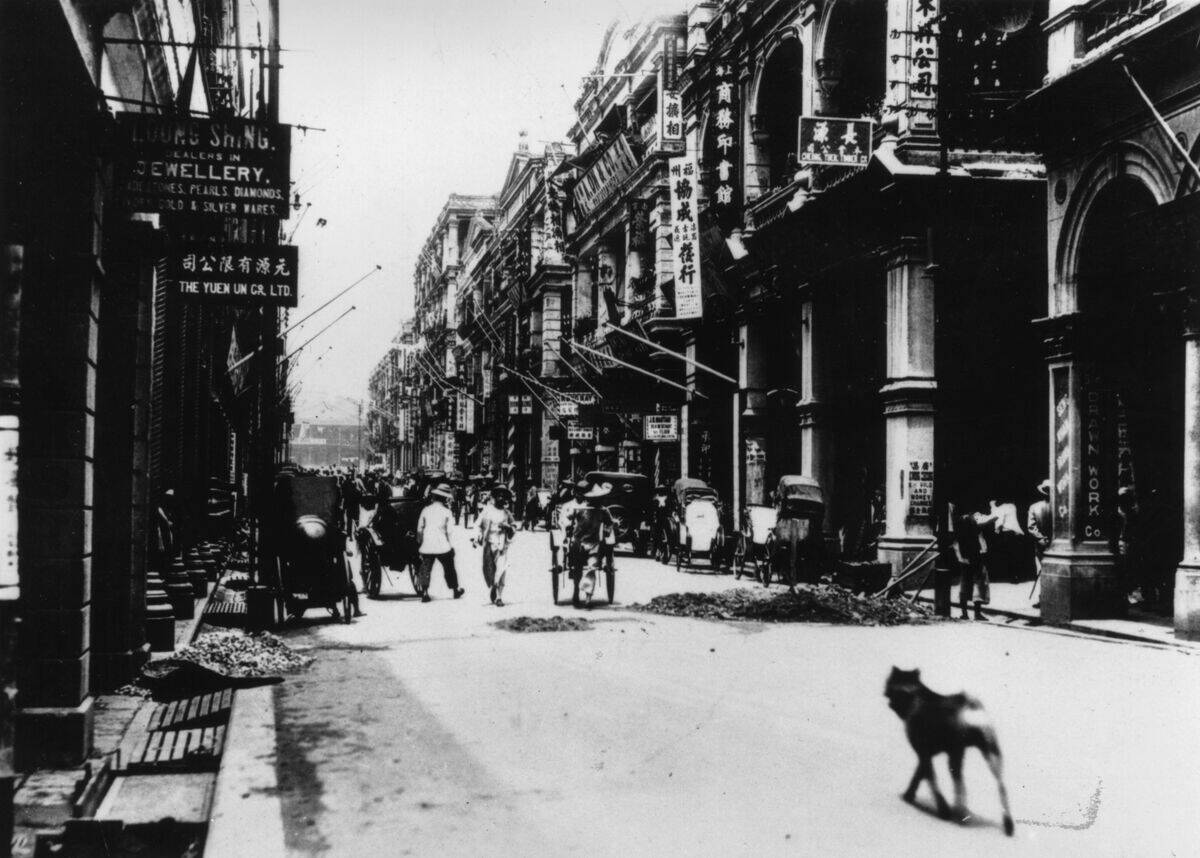
Hong Kong’s evolution from a British colony to a vibrant metropolis is a tale of resilience and adaptability. Under British rule from 1842 to 1997, Hong Kong developed into a major trading port. Its return to China ushered in a new era of growth, becoming a global financial center known for its skyline and bustling harbor. Despite political challenges, Hong Kong remains a dynamic city, balancing its colonial past with a future-oriented outlook.
Sydney: From Penal Colony to Iconic Harbor City
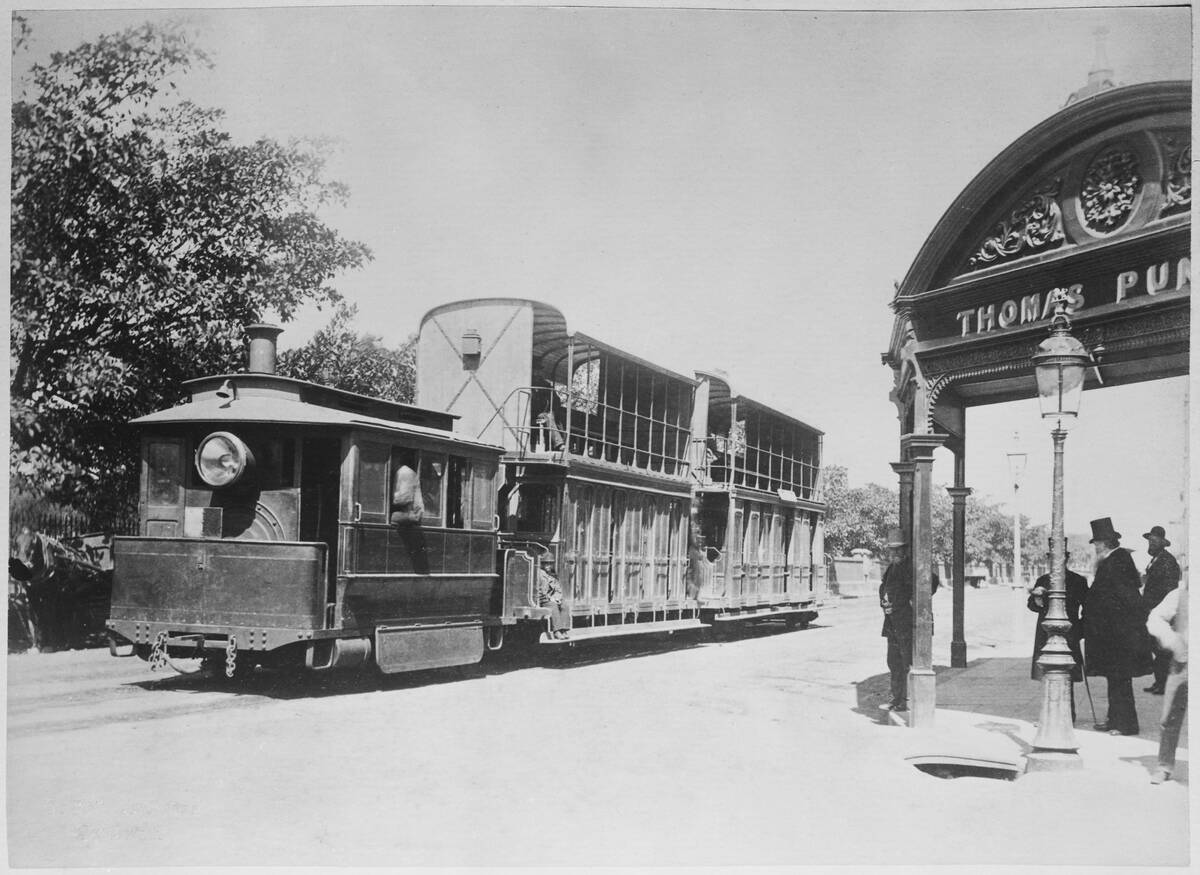
Sydney’s origins as a British penal colony in 1788 contrast sharply with its current status as an iconic global city. The discovery of gold in the 1850s and subsequent immigration fueled its growth. Today, Sydney is renowned for its stunning harbor, home to the Sydney Opera House and Harbour Bridge. Its transformation into a multicultural hub reflects Australia’s diverse society, offering a blend of natural beauty and urban sophistication.
Paris: From Medieval Town to Fashion and Art Center
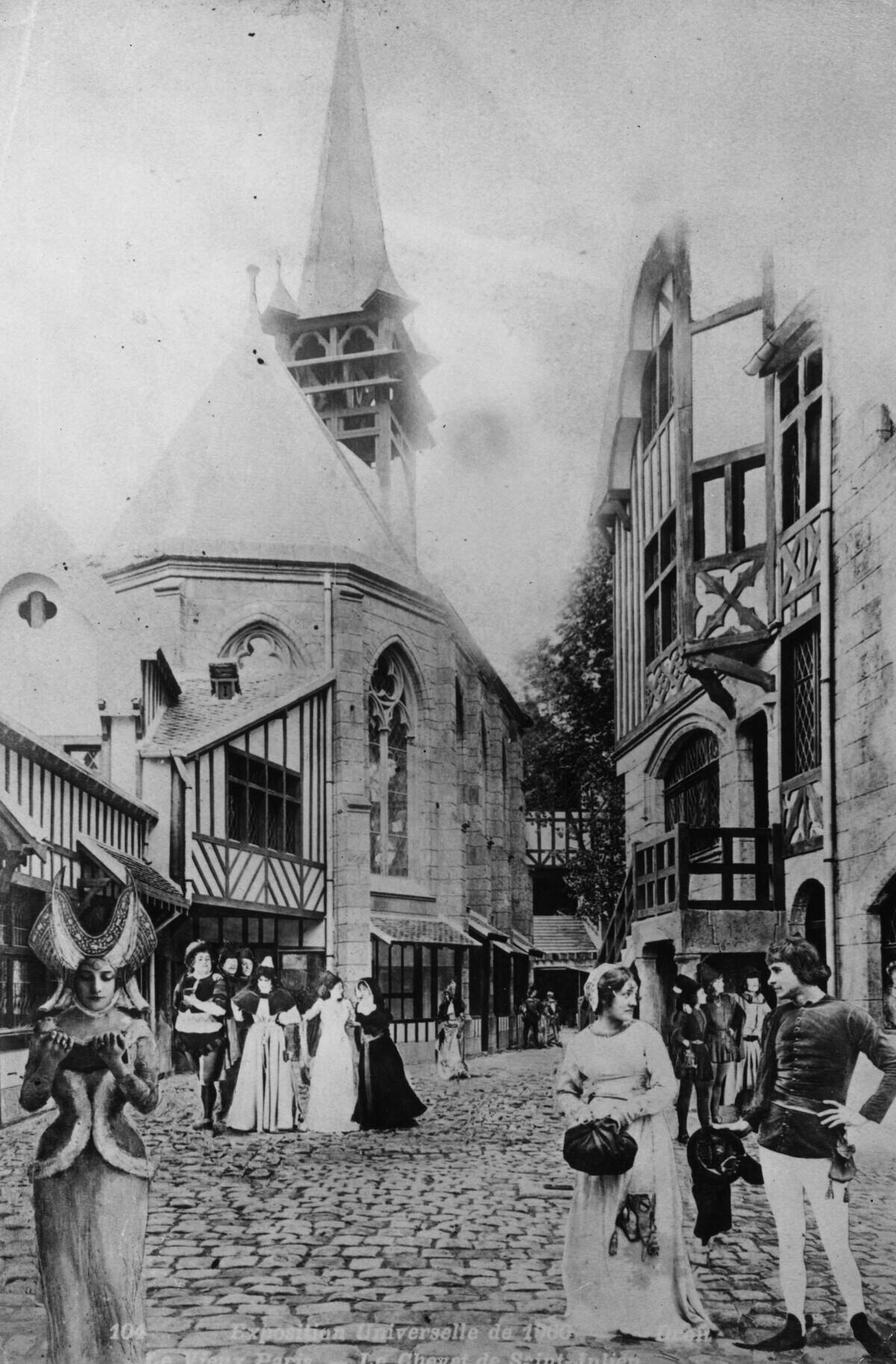
Paris’s journey from a medieval town to a global center for fashion and art is steeped in history and culture. Known as the “City of Light,” Paris has long been a beacon for artists, writers, and thinkers. Its iconic landmarks, including the Eiffel Tower and the Louvre, attract millions of visitors annually. As a fashion capital, Paris hosts prestigious events like Paris Fashion Week, showcasing its enduring influence on global style and culture.
Mumbai: From Colonial Port to Bollywood Powerhouse
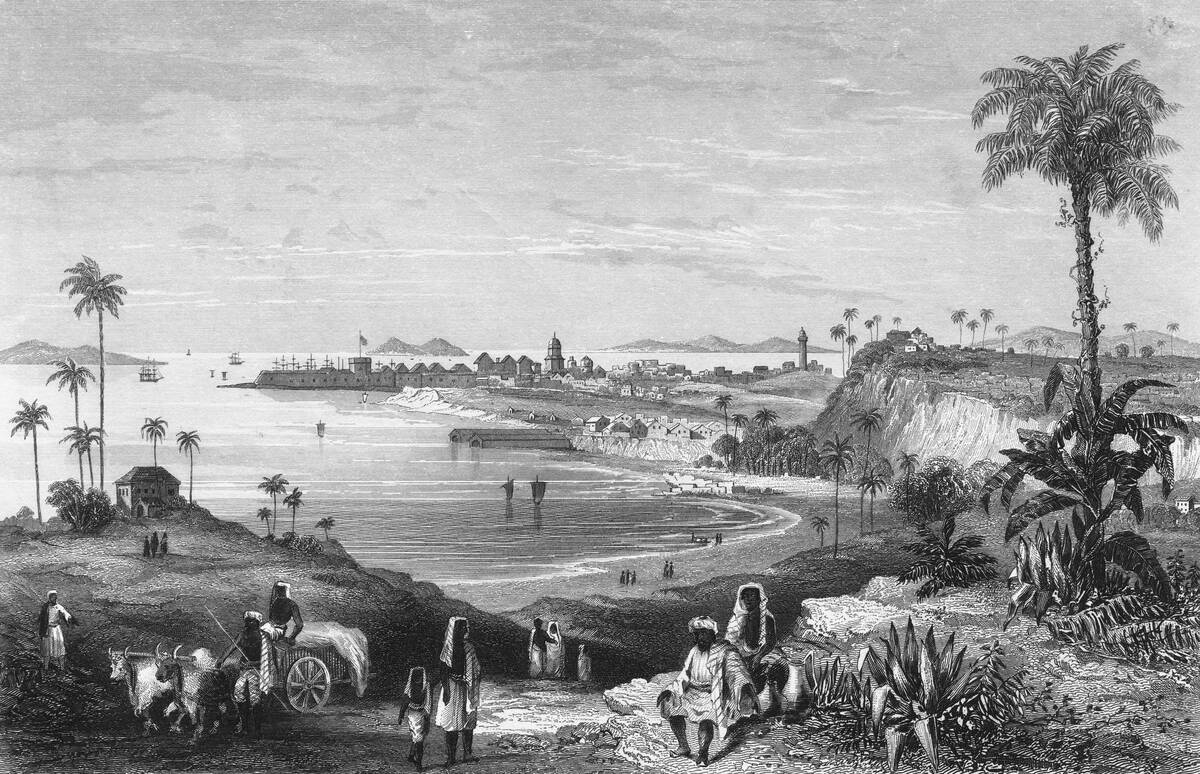
Mumbai’s transformation from a colonial port to the heart of India’s film industry is a story of ambition and diversity. Originally a collection of islands, it became a major port under British rule. Today, Mumbai is the epicenter of Bollywood, producing more films than any other city in the world. Its bustling streets reflect a blend of colonial architecture and modern skyscrapers, symbolizing India’s rapid urbanization and cultural dynamism.
Istanbul: From Byzantine Glory to Cultural Bridge
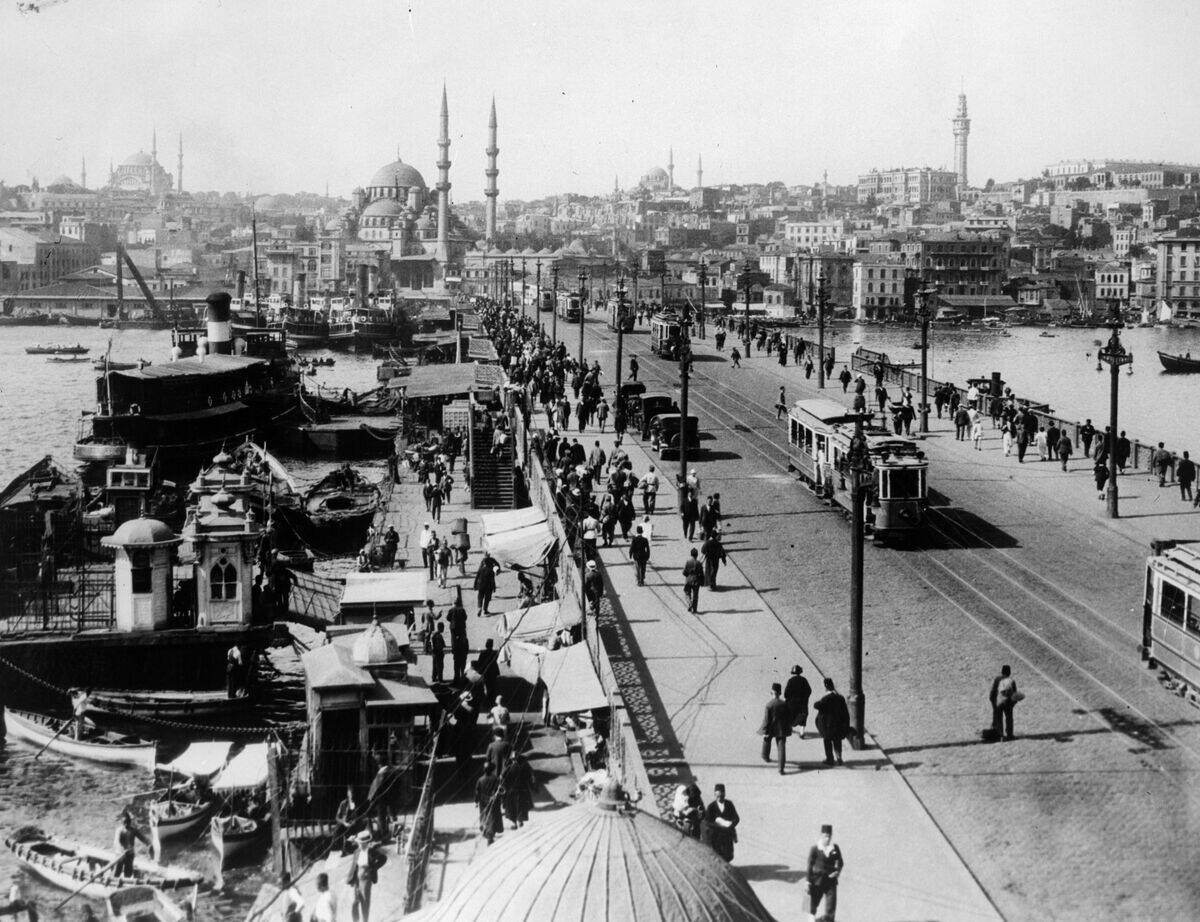
Istanbul’s rich history as the heart of the Byzantine Empire is evident in its stunning architecture, including the Hagia Sophia. The city’s position as a bridge between Europe and Asia has made it a cultural melting pot throughout history. Today, Istanbul is a vibrant metropolis, balancing its historic sites with modern developments. Its unique blend of East and West continues to attract visitors, offering a glimpse into a city that has shaped civilizations.
Seoul: From War-Torn City to Technological Leader
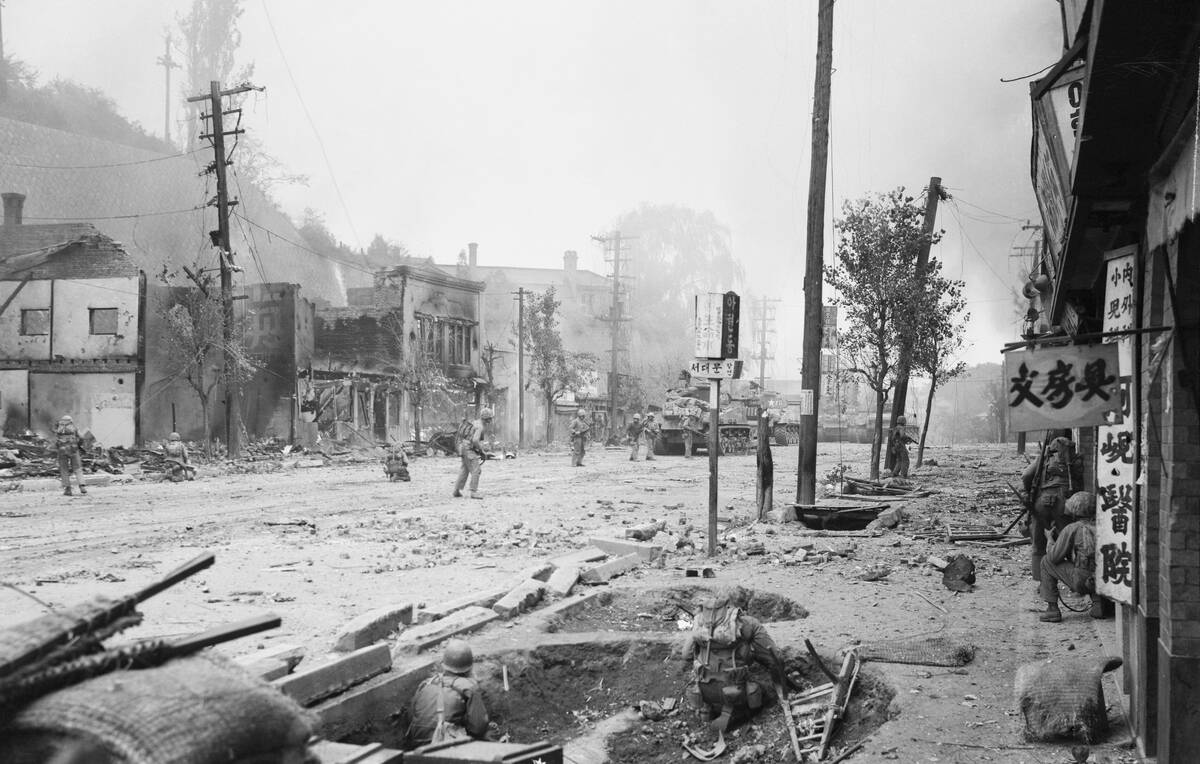
Seoul’s remarkable recovery from the devastation of the Korean War is a testament to resilience and innovation. Once war-torn, the city has transformed into a technological powerhouse, home to global giants like Samsung and LG. Seoul’s bustling streets are a mix of ancient palaces and modern skyscrapers, showcasing South Korea’s rapid urban development. As a leader in technology and culture, Seoul continues to influence the global stage, attracting tech enthusiasts and tourists alike.
São Paulo: From Coffee Boomtown to Economic Giant
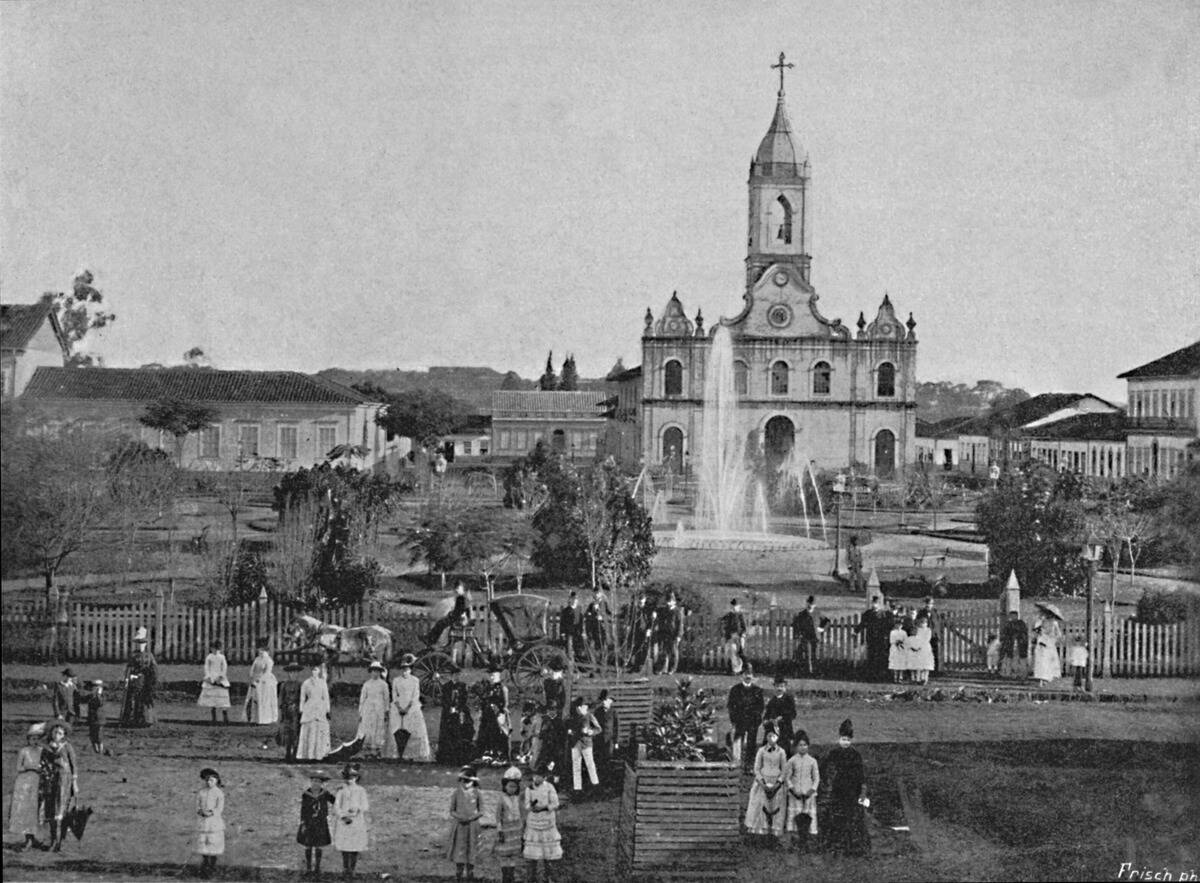
São Paulo’s origins as a coffee boomtown in the late 19th century laid the foundation for its growth into Brazil’s economic powerhouse. The city’s diverse economy now includes finance, technology, and manufacturing, making it a key player in Latin America. Known for its vibrant cultural scene, São Paulo hosts numerous festivals and events, drawing visitors from around the world. Its transformation reflects Brazil’s broader economic and cultural evolution, positioning São Paulo as a global city.



